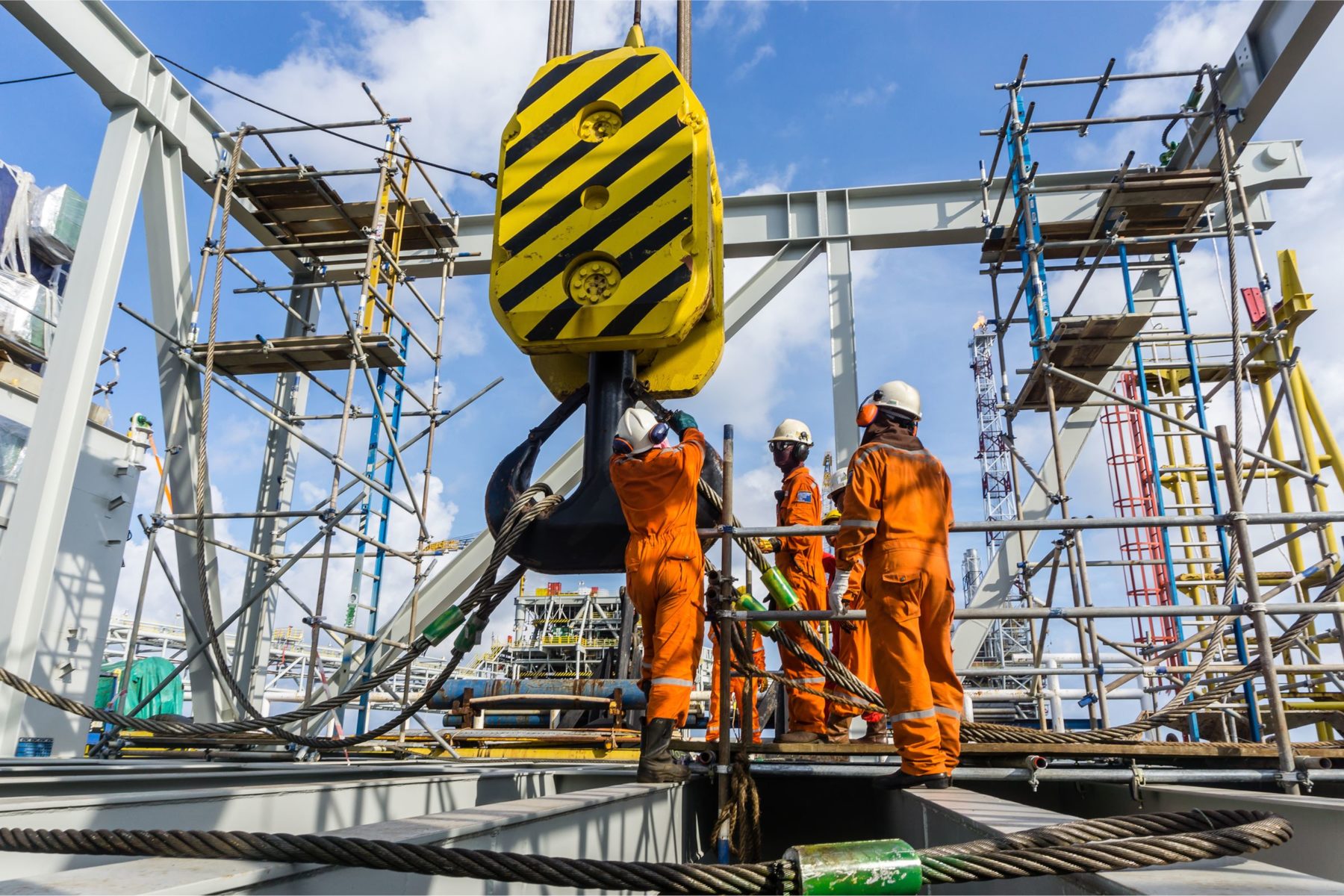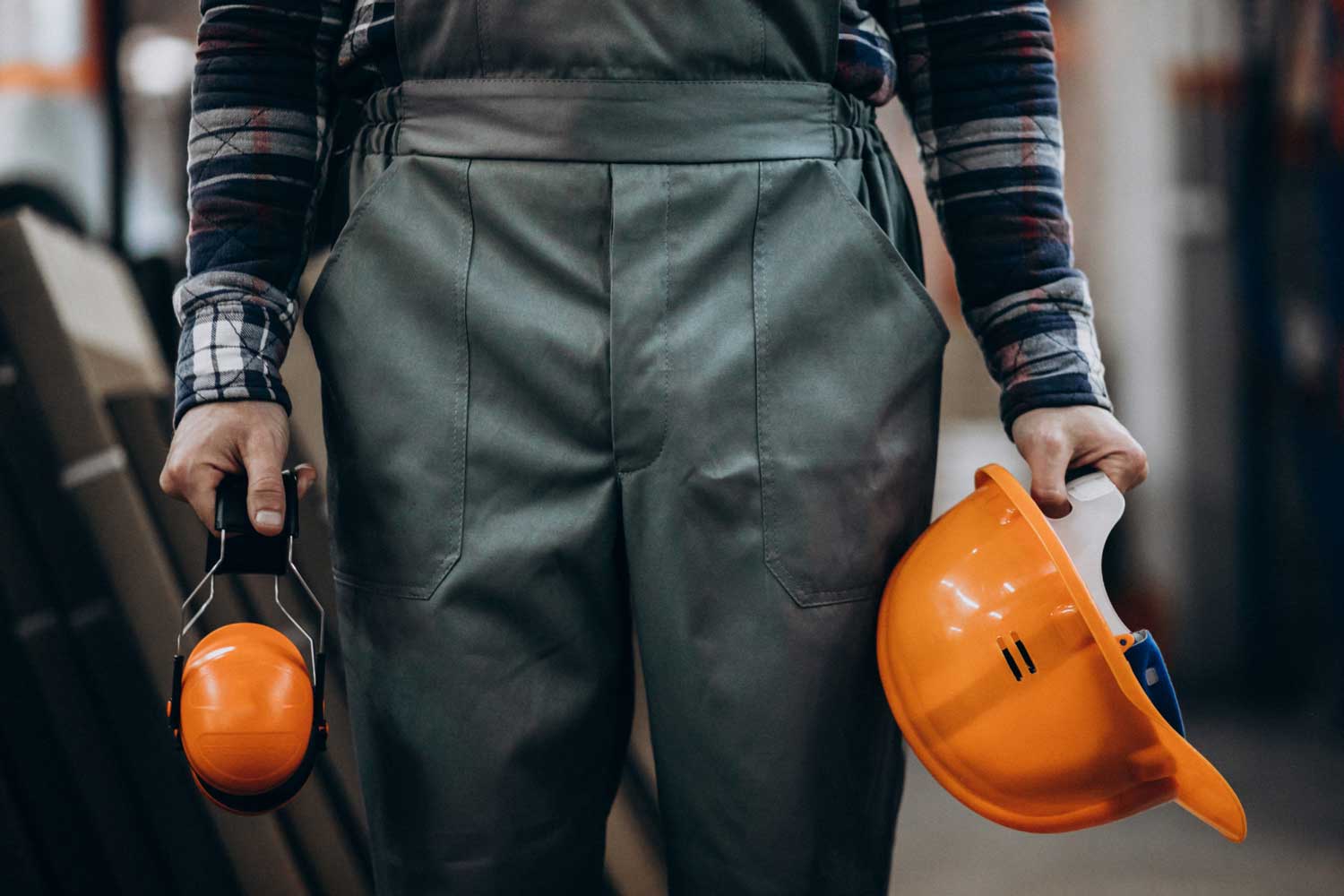Essential Concrete Safety Tips: Protecting Workers on the Job Site Working with concrete is a fundamental aspect of the construction industry, but it comes with significant safety risks. Ensuring worker protection requires knowledge, proper equipment, and strict adherence to safety protocols. In this article, we will explore key safety tips to prevent injuries and improve overall job site safety. Understanding the Risks of Working with Concrete Concrete work involves various hazards, including chemical burns, respiratory issues, and physical injuries. Some of the most common risks include: Skin and Eye Irritation: Wet concrete is highly alkaline and can cause severe burns if it comes into prolonged contact with the skin. Respiratory Issues: Inhalation of silica dust from concrete cutting or grinding can lead to lung diseases such as silicosis. Musculoskeletal Injuries: Lifting heavy materials without proper technique can cause strains and injuries. Slips, Trips, and Falls: Unstable surfaces and spilled materials can increase the risk of accidents. Personal Protective Equipment (PPE) for Concrete Work To mitigate these risks, workers should always wear the appropriate personal protective equipment (PPE), including: Gloves: Alkali-resistant gloves to prevent burns and skin irritation. Safety Glasses or Goggles: To protect the eyes from splashes and dust. Respirators or Dust Masks: Essential when cutting, drilling, or grinding concrete. Long-Sleeved Shirts and Pants: To reduce skin exposure to wet concrete. Steel-Toe Boots: To protect feet from falling objects and sharp debris. Safe Handling of Concrete Materials Proper handling techniques can reduce the risk of injuries. Consider these best practices: Use Mechanical Aids: When possible, use forklifts, wheelbarrows, or cranes to move heavy concrete loads. Lift with Proper Form: Bend your knees and keep your back straight when lifting manually. Store Materials Securely: Prevent hazards by keeping work areas organized and free of obstacles. Preventing Exposure to Silica Dust Silica dust exposure is a major concern in concrete work. To minimize risks: Use Wet Cutting Methods: Applying water to cutting surfaces reduces dust. Implement Local Exhaust Ventilation (LEV): Proper ventilation helps remove airborne particles. Wear Proper Respiratory Protection: When dust exposure cannot be avoided, use N95 respirators or higher-grade masks. Best Practices for Pouring and Mixing Concrete Safely The process of mixing and pouring concrete presents unique hazards. Follow these guidelines for safe operations: Work in Well-Ventilated Areas: Reducing fume buildup minimizes respiratory risks. Use Protective Barriers: Prevent unauthorized personnel from entering the work zone. Monitor Weather Conditions: Avoid working in extreme heat or rain, which can affect concrete setting and worker safety. Emergency Procedures and First Aid Even with strict safety measures, accidents can still occur. Employers should: Provide Safety Training: Workers should know how to handle chemical burns, dust exposure, and equipment-related injuries. Keep Emergency Washing Stations Available: Quick access to clean water can prevent severe chemical burns. Encourage Immediate Reporting: Workers should report unsafe conditions or injuries immediately. Conclusion Safety in concrete construction is not just about compliance—it’s about protecting lives. By following these essential safety tips, using proper PPE, and implementing best practices, workers can significantly reduce risks and create a safer job site. Prioritizing safety leads to higher efficiency, fewer accidents, and better overall productivity in the industry. Recents post concrete work sustainable Essential Concrete Safety Tips: Protecting Workers on the Job Site Decorative Concrete: Trends in Modern Finishes for 2025 Concrete is no longer just a construction material — it’s become a… Read More Decorative Concrete: Trends in Modern Finishes for 2025 Decorative Concrete: Trends in Modern Finishes for 2025 Concrete is no longer just a construction material — it’s become a… Read More Sustainable Concrete Innovations in 2025: The Future of Eco-Friendly Construction Sustainable Concrete Innovations in 2025: The Future of Eco-Friendly Construction In 2025, the construction industry continues its transformation towards sustainability,… Read More The Science Behind Concrete Cracking: Causes and Solutions The Science Behind Concrete Cracking: Causes and Solutions Cracks in concrete are one of the most common issues in construction,… Read More Top 10 Concrete Myths Debunked: What Every Contractor Should Know Top 10 Concrete Myths Debunked: What Every Contractor Should Know Concrete is one of the most widely used construction materials,… Read More How to Plan Concrete Pouring in Large Construction Projects How to Plan Concrete Pouring in Large Construction Projects Pouring concrete in large-scale construction projects requires meticulous planning, logistical coordination,… Read More Load More End of Content.
Safety in Concrete Construction: Standards and Practices
This article explores essential standards and provides practical tips for safe and efficient construction.



